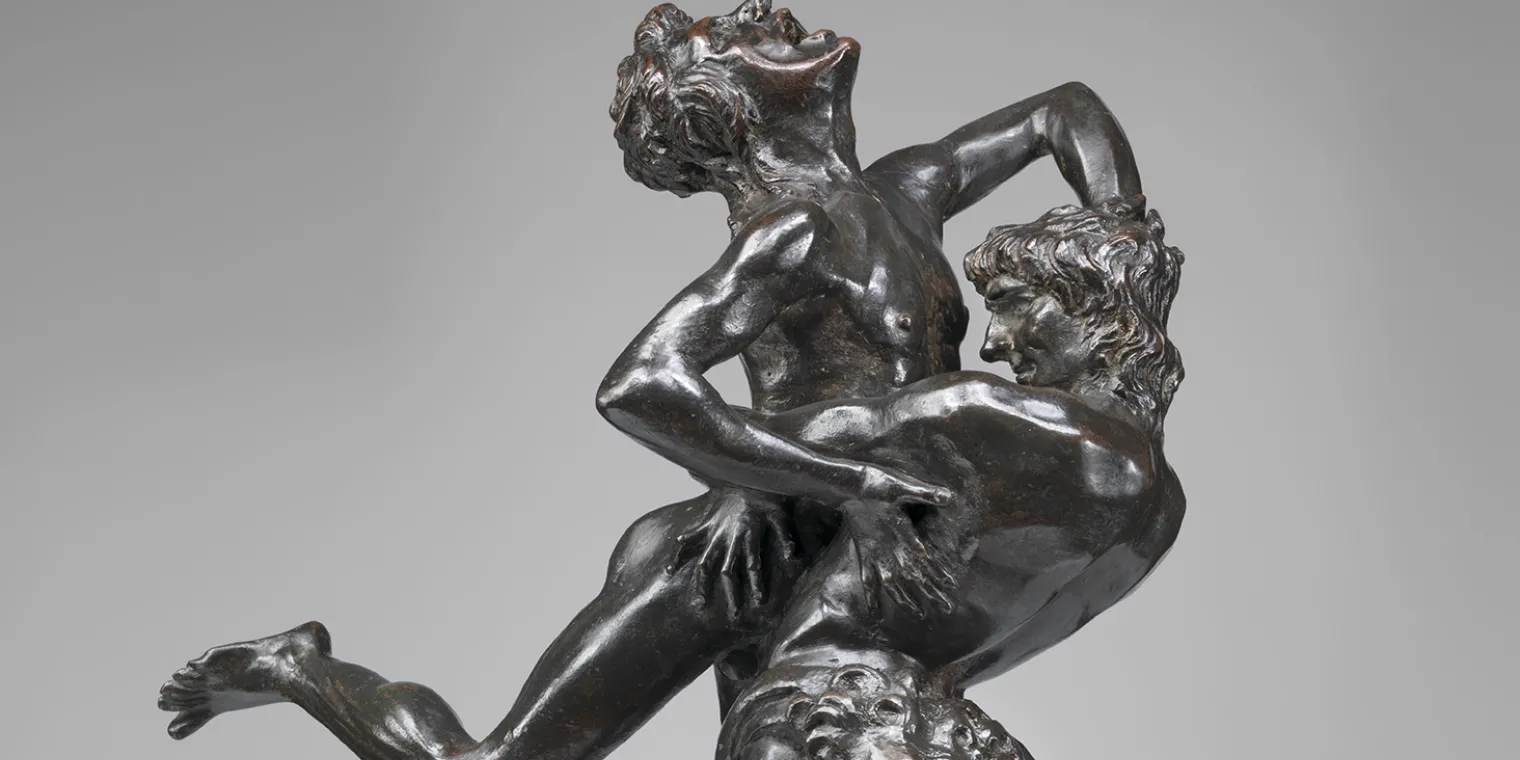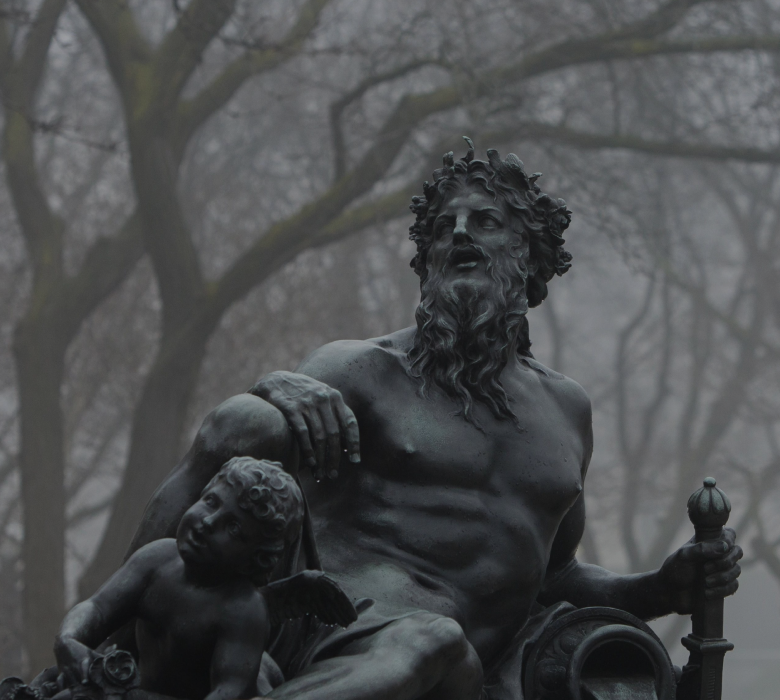
Masterpieces of Early Italian Renaissance Bronze Statuettes : Guests of Honor from the Museo Nazionale del Bargello, Florence
September 30, 2023 - March 24, 2024
Masterpieces of Early Italian Renaissance Bronze Statuettes : Guests of Honor from the Museo Nazionale del Bargello, Florence
Exhibition:
Masterpieces of Early Italian Renaissance Bronze Statuettes
Dates:
September 30, 2023 - March 24, 2024
Location:
In the Museum
General museum admission is FREE for residents of Wayne, Oakland, and Macomb counties.
The Detroit Institute of Arts welcomes four important bronze statuettes from the Museo Nazionale del Bargello, Florence, presented alongside the DIA’s own major works of Italian Renaissance sculpture by Donatello, Lorenzo Ghiberti, Antonio del Pollaiuolo, Luca and Andrea della Robbia, Benedetto da Maiano and others; Italian paintings by Fra Angelico, Sassetta, Sandro Botticelli, Benozzo Gozzoli, Neri di Bicci, and others, and early Italian Renaissance maiolica and intarsia walnut furniture.
Featuring four exceptional bronze masterpieces that will be on view for the first time ever together in America, these magnificent Florentine and Mantuan bronzes exemplify the breathtaking transformations that were hallmarks of the early Italian Renaissance. The exhibition tells the story of how these masters, through revolutions in bronze casting and artistic expression, created a new era in the history of art in fifteenth-century Italy.
Among the first small bronzes to be created since antiquity, these works exemplify the Renaissance revival of the classical art form of bronze sculpture developed in Florence and Mantua. The Pugilist (ca. 1464-70) attributed to Andrea del Verrocchio, a prominent Florentine sculptor of the Medici court, is inspired by an ancient Roman marble group. The subsequent development of the art form is represented by Antonio del Pollaiuolo’s masterpiece Hercules and Antaeus (late 1460s-early 1470s); this is the first two-figure Renaissance bronze statuette designed to be seen in the round. Bertoldo di Giovanni’s Orpheus Playing Music (about 1471) was also among the first bronze compositions to use the dynamic spiral-figure form, which encourages the viewer to admire the statuette in the round. While the first three artists were all leading, influential Florentine sculptors at the Medici court, a contemporary parallel for these innovative bronzes is found in nearby Mantua with Pier Jacopo Alari Bonacolsi called Antico’s bronze Eros Pulling a Bow (1496). With their highly finished and exquisitely gilded surfaces, Antico’s bronze sculptures were treasured as reincarnations of the ancients.
See how the bronze sculptures were cast using the “lost wax,” indirect casting method during the Italian Renaissance in Florence, Mantua, and elsewhere beginning around 1500:


Explore Membership Options
Immerse yourself in unique history and culture and enjoy greater access, exclusive events, and more



